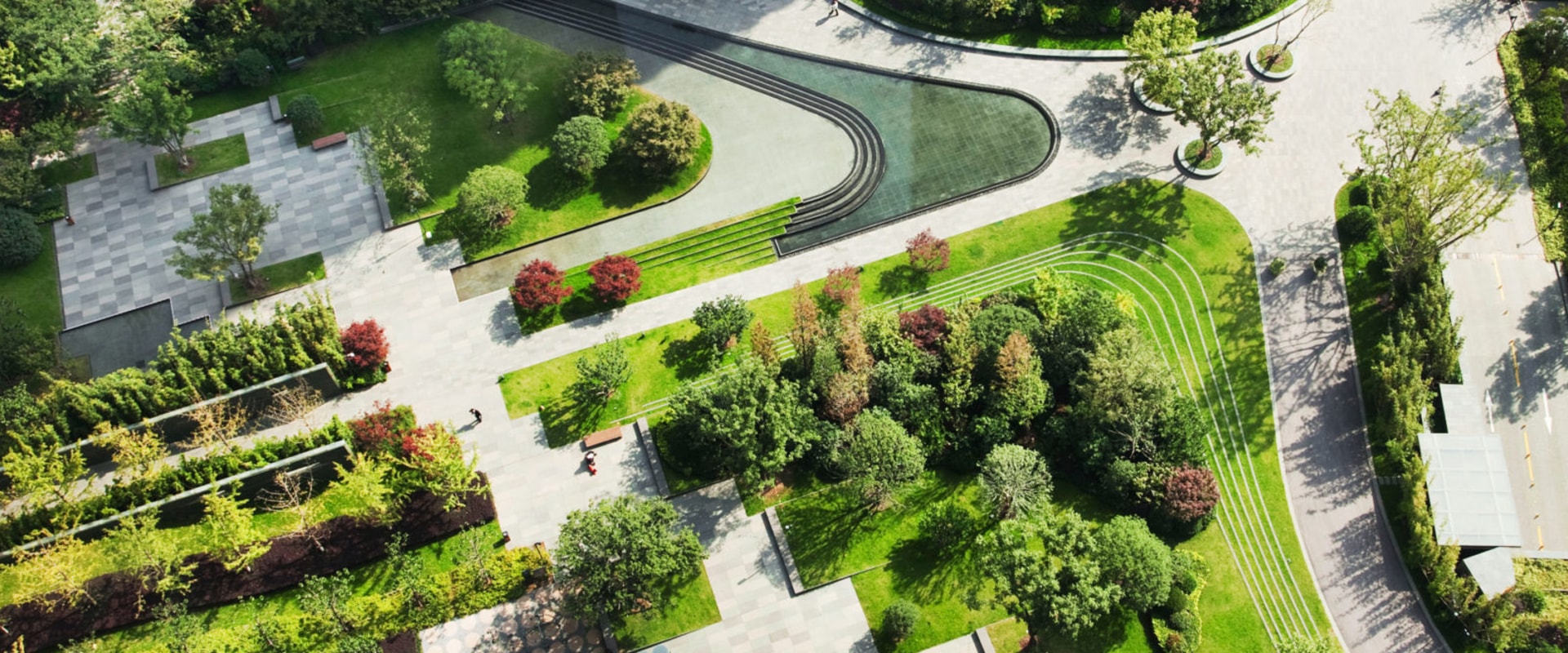Landscape architects design attractive and functional public parks, gardens, playgrounds, residential areas, university campuses and public spaces. They also plan for the location of buildings, roads, walkways, flowers, shrubs and trees within these environments. Landscape architects design the aesthetic design of golf courses and shopping centers, as well as other public places. They can also be hired privately to design the landscaping of houses and gardens.
Landscape architects may also choose to work in the environmental field designing conservation lands, such as wetlands, and participating in historic restoration efforts. Landscape architects design these areas so that they are not only easy to use but also to be in harmony with the natural environment. Many landscape architects also use Geographic Information Systems (GIS) that provide GPS coordinates of different geographical characteristics. I met with JR Kramer, owner of Remark Landscape Architecture, to find out what a landscape architect does, why they need it, and how using it can save you money, time and heartache in the future.
Landscape architects use these tools to develop presentations, proposals, reports and land impact studies for clients, colleagues and managers. Although duties vary depending on the type and size of the employing company, interns generally must work under the supervision of a licensed landscape architect for the experience to count towards obtaining the license. Below you'll find everything you need to know about a career as a landscape architect with lots of details. Many employers recommend that future landscape architects complete a summer internship with a landscape architecture firm during their formal educational studies.
Landscape architects share their ideas, both orally and in writing, with clients, other architects and workers who help prepare the drawings. The Landscape Architecture Accreditation Board, an autonomous committee of the American Society of Landscape Architects (ASLA), is the agency that accredits first professional degree programs at the undergraduate and graduate levels in the United States. Today, landscape architects are dealing with the increasingly complex relationships between built and natural environments. A list of training requirements can be found in the Council of Landscape Architecture Registration Boards.
JR explains: “It's important to hire a landscape architect to help set budgets, provide feedback on home locations, layout of roads and walkways, preserve trees (or remove trees that prevent construction), and provide grading and drainage plans. Within landscape architecture, it is possible to specialize in design, management, science, planning or urban design. Candidates who are interested in taking the test generally need a degree from an accredited school and a few years of work experience under the supervision of a licensed landscape architect, although standards vary by state. Candidates for entry positions in the Federal Government must have a bachelor's or master's degree in landscape architecture.
Because licensing requirements vary, landscape architects may find it difficult to transfer their record from one state to another.





Leave Reply